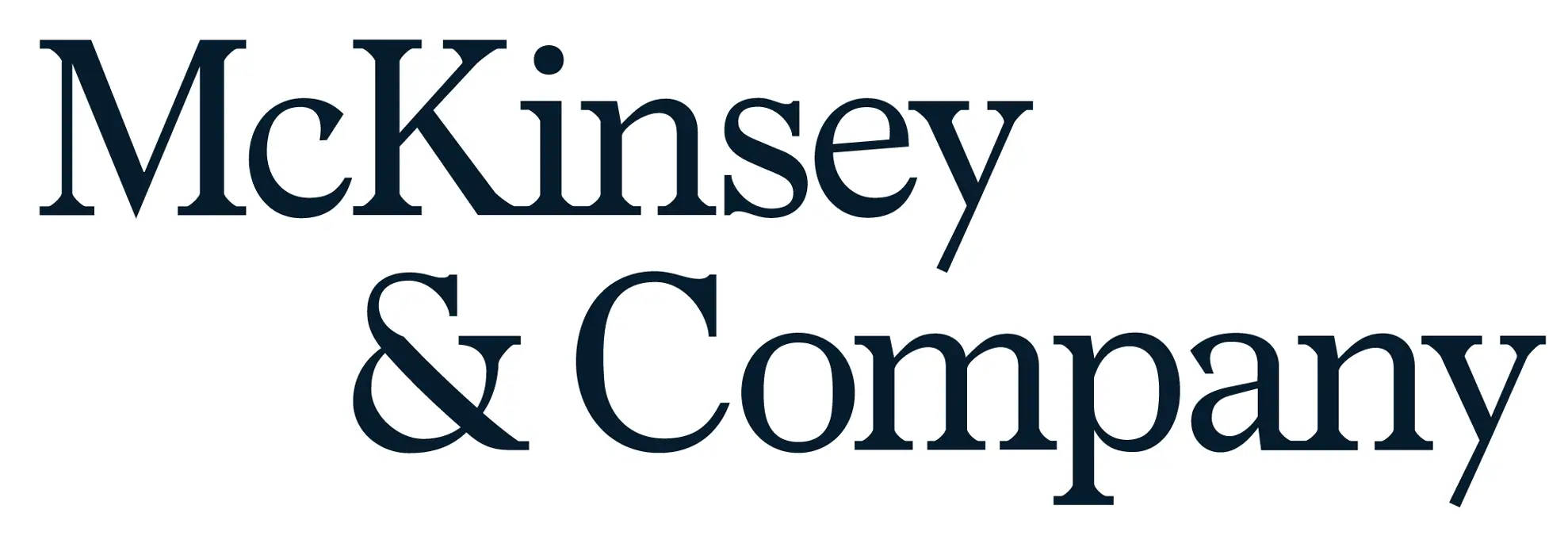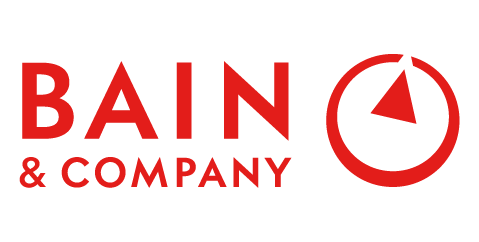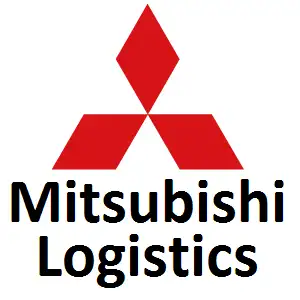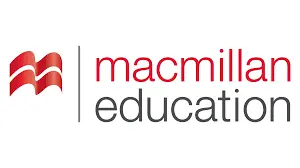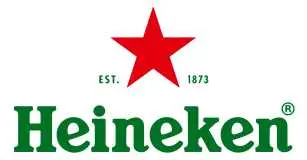
Africa Logistics and Warehousing Market Growth, Share, Trends, Challenges and Competition 2032
Africa Logistics and Warehousing Market Size- By Service Mix, By Mode of Service, By Type of Warehouses, By End Users- Regional Outlook, Competitive Strategies and Segment Forecast to 2032
| Published: Feb-2023 | Report ID: AMIN2320 | Pages: 1 - 155 | Formats*: |
| Category : Automotive & Transportation | |||
- The growth of the infrastructure and construction sector serves as the primary catalyst for the long-term expansion of the logistics and warehousing market. This has led to a series of developments in the country, resulting in increased trade and warehousing activities across the continent.
- The market in Africa will be boosted by investments in advanced technology solutions, including autonomous logistics, real-time tracking, and automation. These investments aim to enhance customer service by providing improved efficiency and effectiveness in logistics operations.
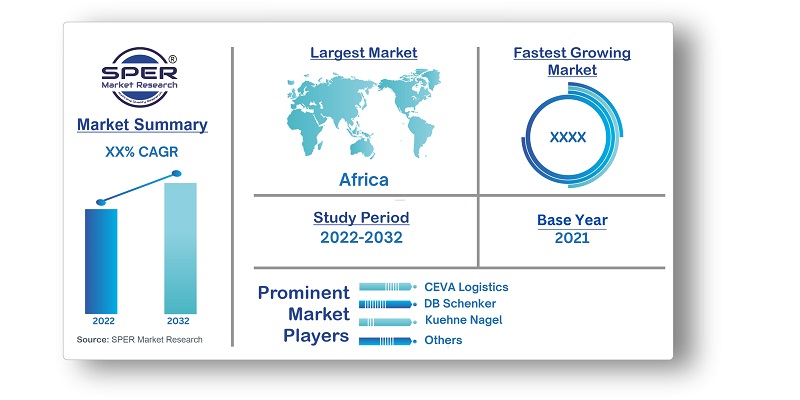
- Opportunities in the market include the following:
- Infrastructure growth: Ports, airports, and road networks are among the many infrastructure projects currently underway across the continent. These innovations open up possibilities for warehouse and logistics operations to grow.
- E-commerce expansion: The expansion of e-commerce in Africa is driving up demand for reliable warehousing and logistics services. Effective order fulfillment, last-mile delivery, and inventory management are required due to the rise in online retailers and digital platforms.
- Market challenges:
- Infrastructure gaps: Poor transportation facilities, such as roads, railroads, and ports, impede the efficient flow of commodities and drive up the cost of transportation. For markets to expand, infrastructure gaps must be filled.
- A fragmented logistics landscape is present in Africa, where there are many small-scale businesses in the sector. Cross-border coordination of operations and the development of common procedures might be difficult.
-010461317072023.jpg)
| Report Metric | Details |
| Market size available for years | 2019-2032 |
| Base year considered | 2021 |
| Forecast period | 2022-2032 |
| Segments covered | By Service Mix, By Mode of Service, By Type of Warehouses, By End Users |
| Regions covered | Botswana, Namibia, Tanzania, Uganda, Kenya, Nigeria, South Africa, Rest of Africa |
| Companies Covered | Bollore Africa Logistics, CEVA Logistics, DB Schenker, DHL, DSV Panalpine, Kuehne Nagel, Maersk |
- Freight Forwarding Companies
- Freight Forwarding Consultancy Companies
- Contact Logistics Companies
- Warehousing Companies
- Warehousing Consultancies
- Venture Capitalists, PE
- Freight Tech Companies
- Others
| By Service Mix: |
|
| By Mode of Service: |
|
| By Type of Warehouses: |
|
| By End Users: |
|
- Africa Logistics and Warehousing Market Size (FY’2022-FY’2032)
- Overview of Africa Logistics and Warehousing Market
- Segmentation of Africa Logistics and Warehousing Market By Service Mix (Courier and Parcel Activities, Freight Forwarding, Warehousing)
- Segmentation of Africa Logistics and Warehousing Market By Mode of Service (Air Freight, Rail freight, Road Freight)
- Segmentation of Africa Logistics and Warehousing Market By Type of Warehouse (Open, Closed, Cold Storage)
- Segmentation of Africa Logistics and Warehousing Market By End Users (Automotive, Consumer Retail, Food and Beverages, Healthcare, Others)
- Statistical Snap of Africa Logistics and Warehousing Market
- Expansion Analysis of Africa Logistics and Warehousing Market
- Problems and Obstacles in Africa Logistics and Warehousing Market
- Competitive Landscape in the Africa Logistics and Warehousing Market
- Impact of COVID-19 and Demonetization on Africa Logistics and Warehousing Market
- Details on Current Investment in Africa Logistics and Warehousing Market
- Competitive Analysis of Africa Logistics and Warehousing Market
- Prominent Market Players in the Africa Logistics and Warehousing Market
- SWOT Analysis of Africa Logistics and Warehousing Market
- Africa Logistics and Warehousing Market Future Outlook and Projections (FY’2022-FY’2032)
- Recommendations from Analyst
1.1. Scope of the report1.2. Market segment analysis
2.1 Research data source
2.1.1 Secondary data2.1.2 Primary data2.1.3 SPER’s internal database2.1.4 Premium insight from KOL’s
2.2 Market size estimation
2.2.1 Top-down and Bottom-up approach
2.3 Data triangulation
4.1. Driver, Restraint, Opportunity and Challenges analysis
4.1.1 Drivers4.1.2 Restraints4.1.3 Opportunities4.1.4 Challenges
4.2. COVID-19 Impacts of the Africa Logistics and Warehousing Market
5.1. SWOT analysis
5.1.1 Strengths5.1.2 Weaknesses5.1.3 Opportunities5.1.4 Threats
5.2. PESTEL analysis
5.2.1 Political landscape5.2.2 Economic landscape5.2.3 Social landscape5.2.4 Technological landscape5.2.5 Environmental landscape5.2.6 Legal landscape
5.3. PORTER’S five forces analysis
5.3.1 Bargaining power of suppliers5.3.2 Bargaining power of Buyers5.3.3 Threat of Substitute5.3.4 Threat of new entrant5.3.5 Competitive rivalry
5.4. Heat map analysis
6.1 Africa Logistics and Warehousing Manufacturing Base Distribution, Sales Area, Product Type6.2 Mergers & Acquisitions, Partnerships, Product Launch, and Collaboration in Africa Logistics and Warehousing Market
7.1 Courier and Parcel Activities7.2 Freight Forwarding7.3 Warehousing
8.1 Air Freight8.2 Rail Freight8.3 Road Freight
9.1 Open9.2 Closed9.3 Cold Storage
10.1 Automotive10.2 Consumer Retail10.3 Food and Beverages10.4 Healthcare10.5 Others
11.1 Africa Logistics and Warehousing Market Size and Market Share by Region (2019-2025)11.2 Africa Logistics and Warehousing Market Size and Market Share by Region (2026-2032)11.3 Botswana11.4 Namibia11.5 Tanzania11.6 Uganda11.7 Kenya11.8 Nigeria11.9 South Africa11.10 Rest of Africa
12.1 Bollore Africa Logistics
12.1.1 Company details12.1.2 Financial outlook12.1.3 Product summary12.1.4 Recent developments
12.2 CEVA Logistics
12.2.1 Company details12.2.2 Financial outlook12.2.3 Product summary12.2.4 Recent developments
12.3 DB Schenker
12.3.1 Company details12.3.2 Financial outlook12.3.3 Product summary12.3.4 Recent developments
12.4 DHL
12.4.1 Company details12.4.2 Financial outlook12.4.3 Product summary12.4.4 Recent developments
12.5 DSV Panalpine
12.5.1 Company details12.5.2 Financial outlook12.5.3 Product summary12.5.4 Recent developments
12.6 Kuehne Nagel
12.6.1 Company details12.6.2 Financial outlook12.6.3 Product summary12.6.4 Recent developments
12.7 Maersk
12.7.1 Company details12.7.2 Financial outlook12.7.3 Product summary12.7.4 Recent developments
SPER Market Research’s methodology uses great emphasis on primary research to ensure that the market intelligence insights are up to date, reliable and accurate. Primary interviews are done with players involved in each phase of a supply chain to analyze the market forecasting. The secondary research method is used to help you fully understand how the future markets and the spending patterns look likes.
The report is based on in-depth qualitative and quantitative analysis of the Product Market. The quantitative analysis involves the application of various projection and sampling techniques. The qualitative analysis involves primary interviews, surveys, and vendor briefings. The data gathered as a result of these processes are validated through experts opinion. Our research methodology entails an ideal mixture of primary and secondary initiatives.
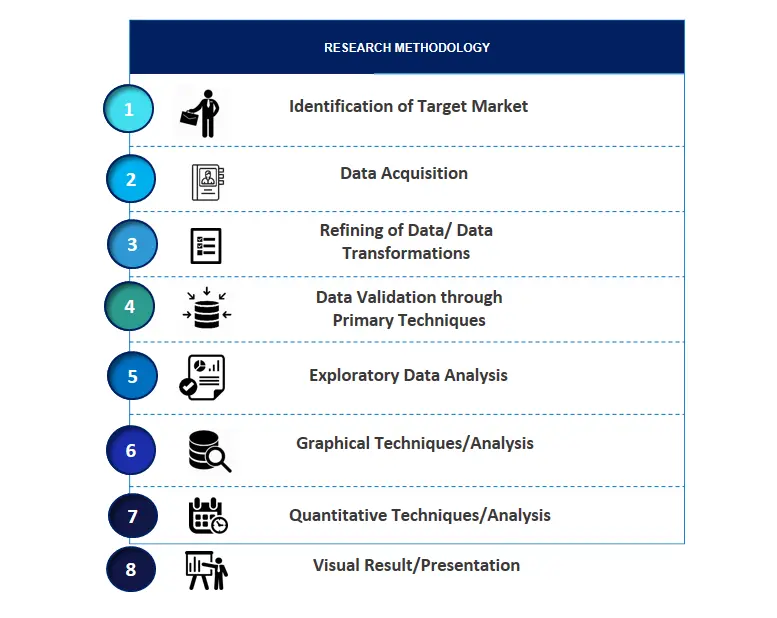
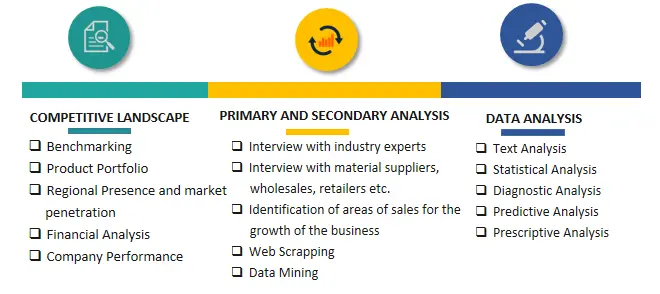

Frequently Asked Questions About This Report
PLACE AN ORDER
Year End Discount
Sample Report
Pre-Purchase Inquiry
NEED CUSTOMIZATION?
Request CustomizationCALL OR EMAIL US
100% Secure Payment
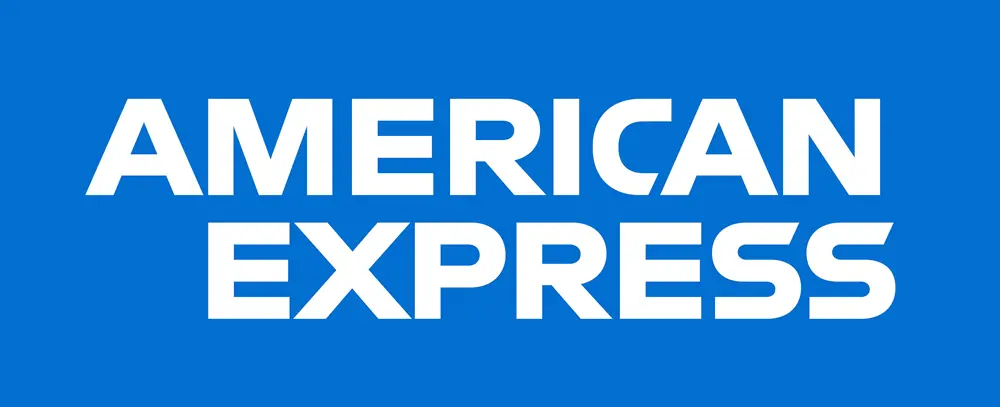





Related Reports
Our Global Clients
Our data-driven insights have influenced the strategy of 200+ reputed companies across the globe.






